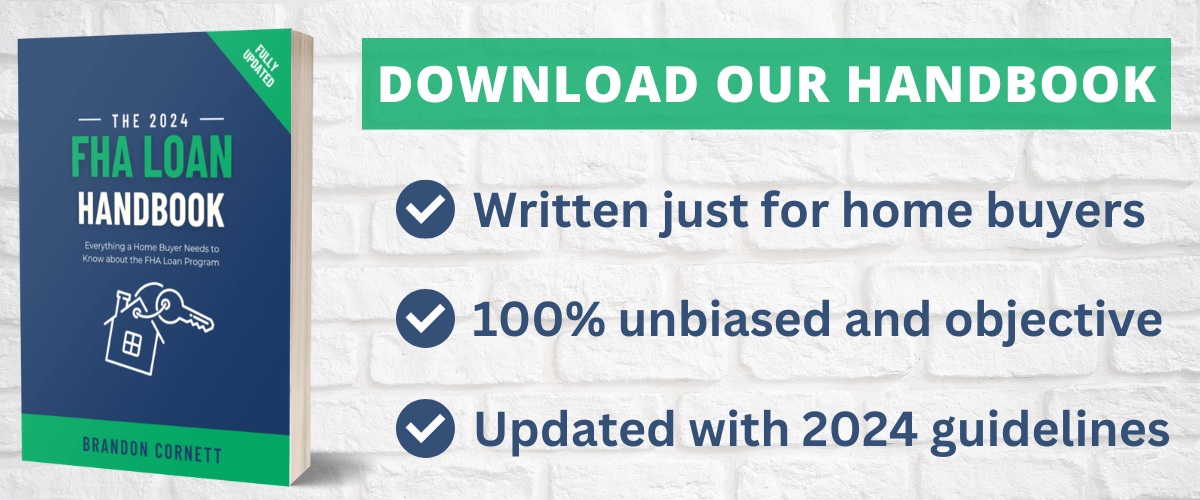This is part of an ongoing series of articles that addresses frequently asked questions relating to FHA loans. Today we will answer the following question: How are FHA mortgage rates determined by lenders?
Part 1: How FHA Rates Are Determined
There are many different factors that can affect the mortgage rates used for both conventional and FHA home loans. These include the overall state of the economy, investor demand within the stock market, policies issued by the Federal Reserve, and other factors.
As far as the weekly movement of FHA mortgage rates, the 10-year Treasury bond yield is widely regarded as the best indicator to watch. Here’s why:
Mortgage loans can have different lengths or “terms.” The 30-year fixed home loan is the most popular product in use today. However, on average, homeowners tend to either pay off or refinance their mortgages within 10 years (not 30). This makes the 10-year bond a pretty good indicator, when measuring mortgage interest changes over time.
Unlike treasuries, which are backed by the government and guaranteed to be repaid, mortgage-backed securities tend to carry more risk. So, while mortgage rates and 10-year Treasury bond yields might mirror each other in their up-and-down movement, mortgage rates are generally set higher due to the higher level of risk they carry.
That’s a basic overview of how conventional and FHA rates are determined across the board. Now let’s look at the primary factors that can affect the interest rate you receive when applying for a home loan.
Part 2: Factors That Can Affect Your Mortgage Rate
Mortgage lenders use “risk-based pricing” when determining FHA rates, the same as any other kind of mortgage loan. This means that borrowers who are perceived to be a higher risk tend to receive higher rates to offset that risk. In contrast, a borrower who a lower risk profile might receive a lower interest rate. Lenders also use “discount points” when determining the interest rate for a loan.
Here are some of the key factors used to determine FHA mortgage rates:
1. The borrower’s credit score.
Your credit score is a three-digit number that basically shows how you have borrowed and repaid money in the past. A history of responsible borrowing and timely payments will result in a higher score. A pattern of missed payments, delinquencies, and other financial issues will result in a lower score — generally speaking.
A lower score is also an indication of higher risk to the lender, therefore it has an impact on the rate you receive for an FHA loan. The bottom line here is that better credit could help you qualify for a lower rate.
2. The amount being borrowed.
The size of the loan can also determine the FHA rate. Generally speaking, borrowers tend to pay more in interest as the amount being borrowed increases. That’s because a bigger loan represents a bigger risk. This is why non-conforming “jumbo” mortgages usually come with higher interest rates, when compared to smaller conforming loans.
3. The size of the down payment.
According to the Consumer Financial Protection Bureau, “In general, a higher down payment means a lower interest rate, because lenders see a lower level of risk when you have more stake in the property. So if you can put 20 percent or more down, do it — you’ll usually get a lower interest rate.” With that being said, FHA borrowers tend to opt for the 3.5% down payment option. (After all, that’s one of the primary benefits to this program.) So a borrower using an FHA loan with 3.5% down might pay a higher mortgage rate than a person who uses a conventional loan with 10% or 20% down.
4. Adjustable versus fixed mortgage products.
The structure of your loan can also determine the rate you receive from a lender. If you look at the latest market survey by Freddie Mac, you will notice that the 5-year adjustable-rate mortgage (ARM) usually starts off with a lower rate than the longer-term fixed mortgage loans. That’s why some borrowers use ARM loans in the first place – they give borrowers an opportunity to save money in the form of a lower rate, at least initially.
Of course, an adjustable mortgage lives up to its name by changing over time, so the rate can increase down the road.
Ultimately, you want to choose the repayment term or length that works best for you in terms of your long-term plans. Just know that this choice can affect your borrowing costs, as well.
5. Discount points.
Some borrowers choose to pay discount points at closing in exchange for a lower mortgage rate on their FHA loans. One point equals 1% of the base loan amount.
You can think of it as a form of prepaid interest. You pay more money upfront in order to get a lower rate, which could save you a lot of money over the long term. (This strategy works best for a long-term stay.) So, whether or not you choose to pay points can also determine your FHA rate.
Those are some of the primary factors that can determine the rate you are offered by a mortgage lender. There are other factors as well, but they usually don’t weigh as heavily as the five listed above.
